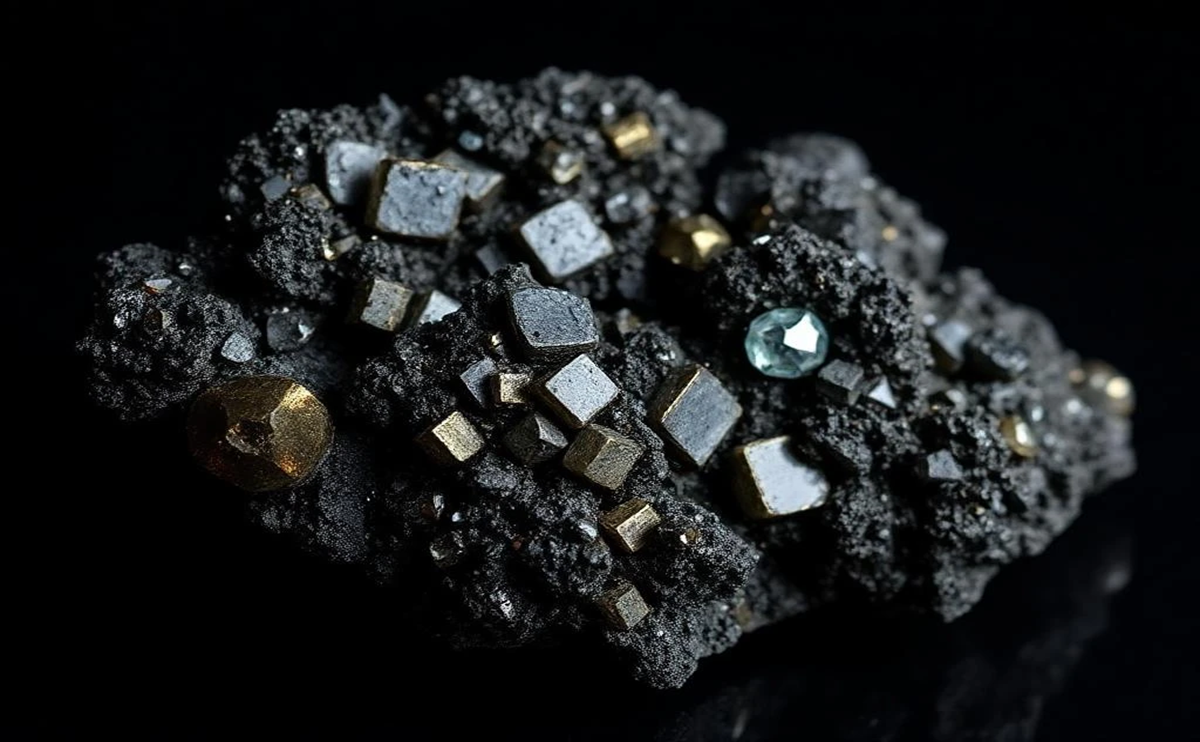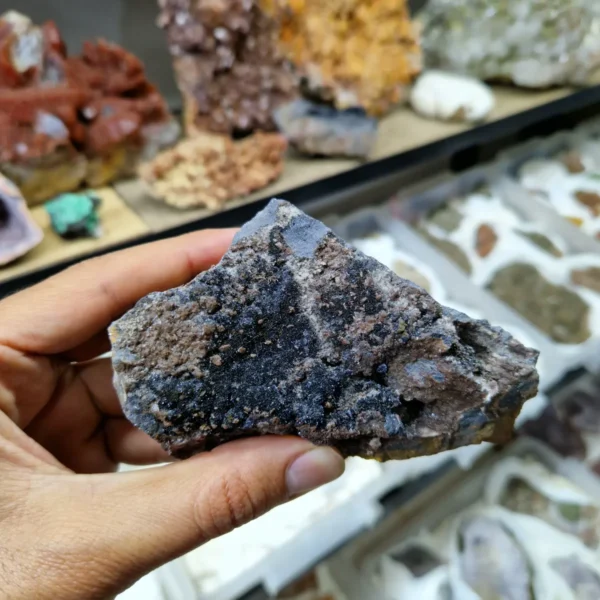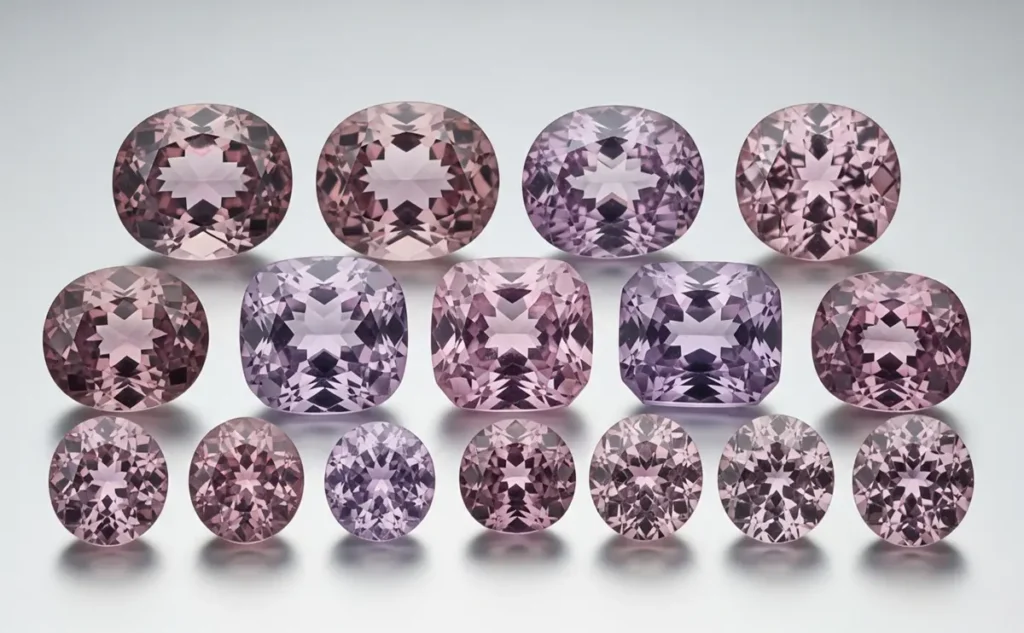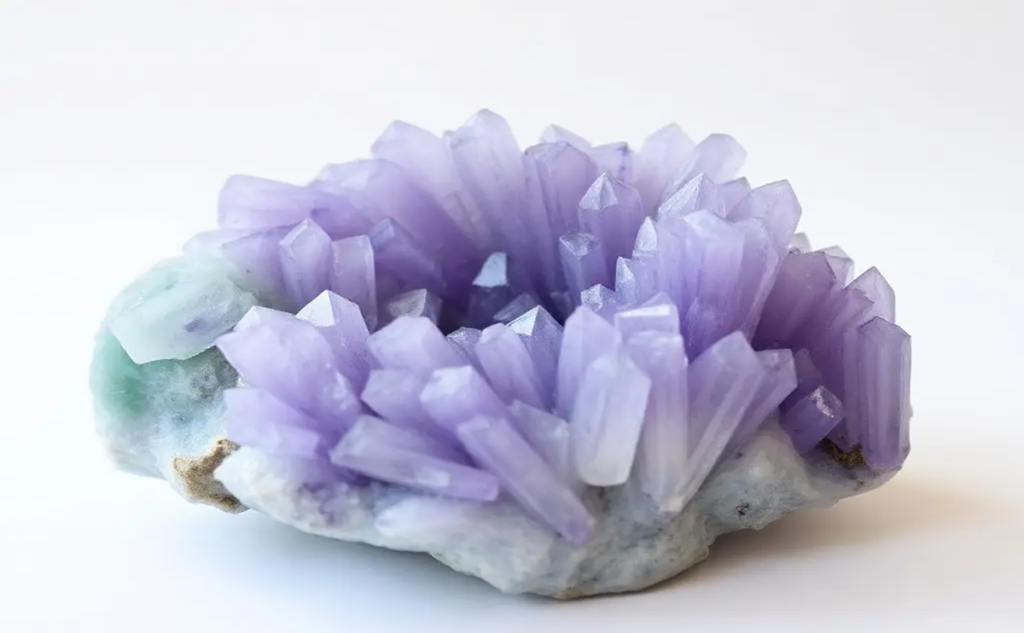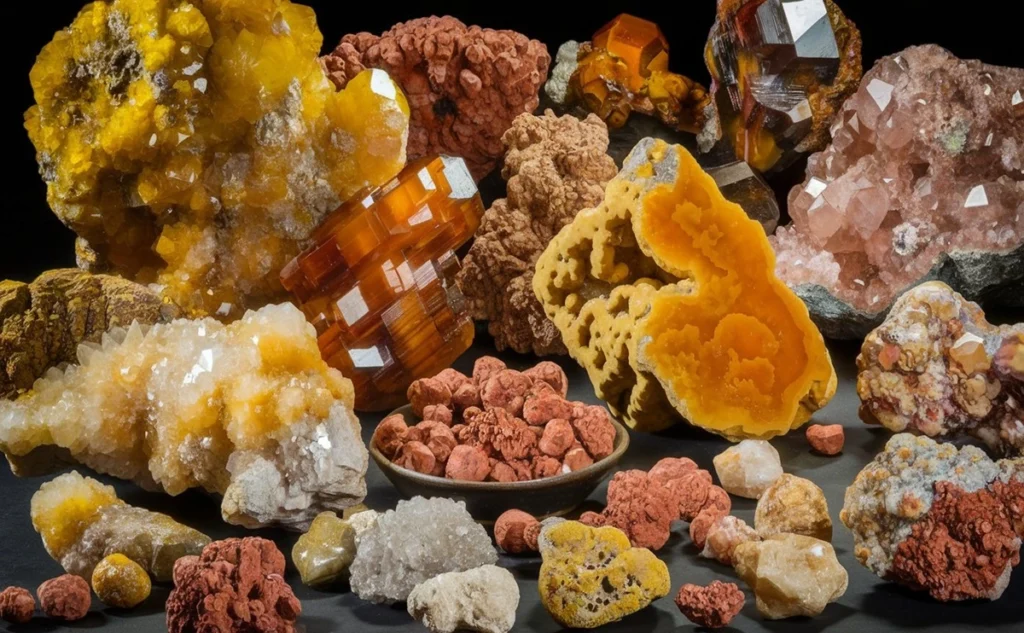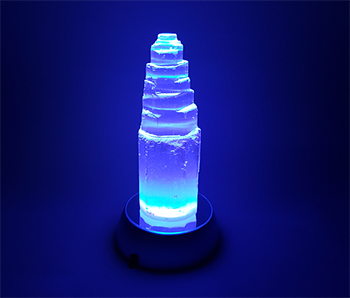Introduction: What is Goethite?
Goethite (pronounced gur-thite or goh-thite) may not be the flashiest mineral in a collector’s cabinet, but it holds a quiet charm that’s hard to overlook. With its rusty hues, interesting textures, and surprising metaphysical associations, goethite bridges the gap between industrial utility and natural beauty.
This mineral was named in 1806 after Johann Wolfgang von Goethe, the famed German poet and mineral enthusiast. Goethite is a hydrous iron oxide mineral with the chemical formula FeO(OH), commonly found in soils, sedimentary rocks, and as a secondary mineral in iron ore deposits.
Whether you’re a rockhound, a crystal lover, or a seasoned mineral collector, goethite is a fascinating addition to any collection.
How Goethite Forms: From Iron to Earthy Elegance
Goethite forms through oxidation of iron-bearing minerals such as pyrite, magnetite, or siderite. It commonly develops in low-temperature environments like weathered rocks, soils, and bogs. Often, goethite occurs alongside other iron oxides like hematite and limonite.
Its formation is linked to gossans—rusty, iron-stained rocks formed above ore deposits. These gossans often help geologists locate valuable mineral veins below the surface.
In some environments, goethite also forms botryoidal or stalactitic structures that create highly sought-after mineral specimens with a metallic sheen.
Goethite’s Physical and Chemical Properties
Despite its modest appearance, goethite has some fascinating properties that make it both useful and collectible:
| Property | Description |
| Chemical Formula | FeO(OH) |
| Color | Brown, reddish-brown, yellow-brown, black |
| Hardness | 5.0 – 5.5 on Mohs scale |
| Luster | Earthy to submetallic |
| Streak | Brownish-yellow |
| Crystal System | Orthorhombic |
| Transparency | Opaque |
Some goethite specimens exhibit a beautiful iridescence, appearing with purple, blue, or golden tones—especially when botryoidal or stalactitic in form. These rainbow-like effects add tremendous appeal to collectors.
Famous Localities for Goethite
Goethite is a widespread mineral, but certain locations stand out for producing high-quality specimens:
- Morocco – Known for its stunning botryoidal goethite specimens with colorful iridescence. Morocco remains a top source for collector-grade goethite.
- Germany – Particularly from the Harz Mountains, which have a historical connection to Goethe himself.
- United States – Notable finds in Michigan, Colorado, and Pennsylvania.
- Spain – Goethite is frequently found in association with pyrite in the Iberian Pyrite Belt.
At our shop, we are proud to offer Moroccan goethite specimens that showcase this mineral’s natural beauty.
Why Collect Goethite?
Goethite appeals to both new and experienced collectors for several reasons:
- Textural Variety – From botryoidal blobs to blade-like crystals, goethite can surprise with its diversity.
- Color and Luster – Its earthy tones contrast beautifully with shiny or iridescent surfaces.
- Affordability – Most specimens are relatively inexpensive compared to flashier minerals.
- Scientific Interest – As a major iron ore mineral, goethite has industrial importance and geological significance.
Whether displayed on a shelf or studied under magnification, goethite offers endless fascination.
Goethite and Metaphysical Properties
In the world of crystal healing, goethite is often associated with emotional healing and grounding. Some of its metaphysical benefits include:
- Emotional release: Thought to help release deep grief, trauma, or negative emotional patterns.
- Grounding energy: As an iron-rich mineral, goethite is believed to anchor your energy to the Earth.
- Support for introverts: Crystal practitioners say it helps deepen inner reflection and boost creativity.
While these claims are not scientifically proven, many people find value in goethite as a supportive companion during meditation or personal growth practices.
How to Identify Goethite in the Field
If you’re hunting for goethite, look for the following clues:
- Rusty coloration: Goethite often has a brown or orange coating on rock surfaces.
- Streak test: Scraping it across unglazed porcelain will leave a yellow-brown streak.
- Environment: Check iron-rich soils, gossans, or areas where pyrite or hematite weather.
Tips for Buying Goethite Specimens
When shopping for goethite, keep these tips in mind:
- Texture and Formation: Botryoidal, stalactitic, or iridescent goethite are especially desirable.
- Color and Condition: Rich tones, luster, and minimal damage add value.
- Origin: Moroccan goethite is prized for its color and quality. Ask about the specimen’s locality.
- Pairing: Goethite can occur with quartz, hematite, or pyrite—specimens with mineral combinations are often more unique.
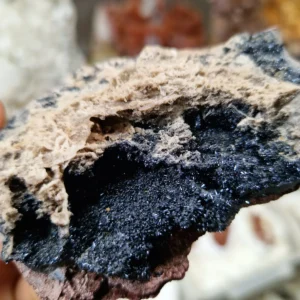
Add Goethite to Your Collection Today
Whether you’re building your crystal collection, curating an educational mineral display, or looking for grounding stones for meditation, goethite is an affordable, beautiful, and meaningful choice.
At our shop, we specialize in authentic Moroccan minerals, including premium goethite specimens. Browse our online collection to find a piece that speaks to you!
Related Articles
- What is Selenite? Discover This Angelic Crystal
- How to Identify Minerals Like a Pro
- Discovering the Wonders of Moroccan Minerals
Conclusion
Goethite may not sparkle like quartz or glow like opal, but it holds a grounded beauty and rich history that make it a must-have for collectors of all levels. With its earthy colors, fascinating formations, and energetic presence, goethite is a mineral that invites you to look deeper, both geologically and spiritually.
If you’re ready to add this iron-rich wonder to your collection, be sure to explore our curated selection of goethite specimens sourced directly from Morocco.

